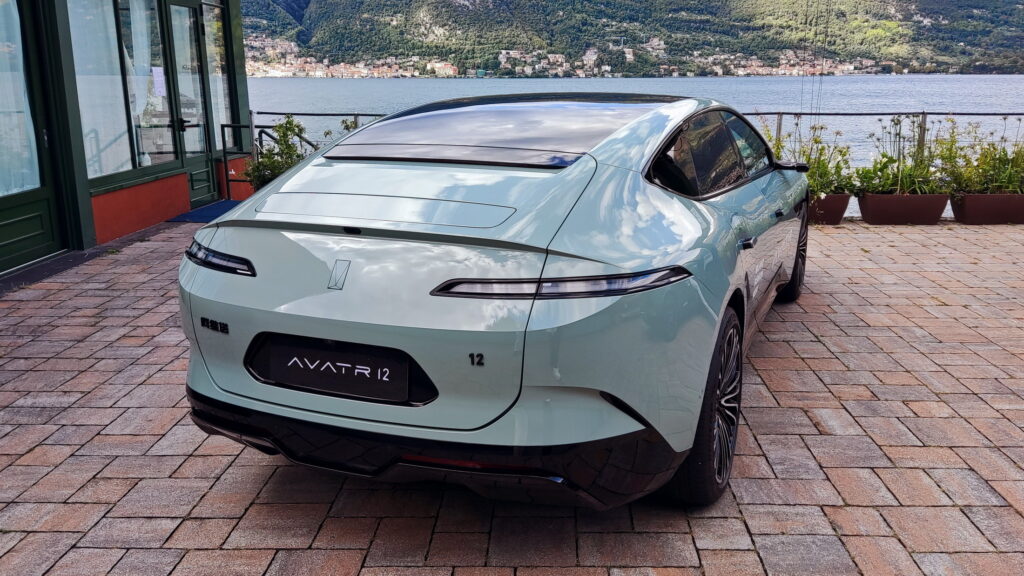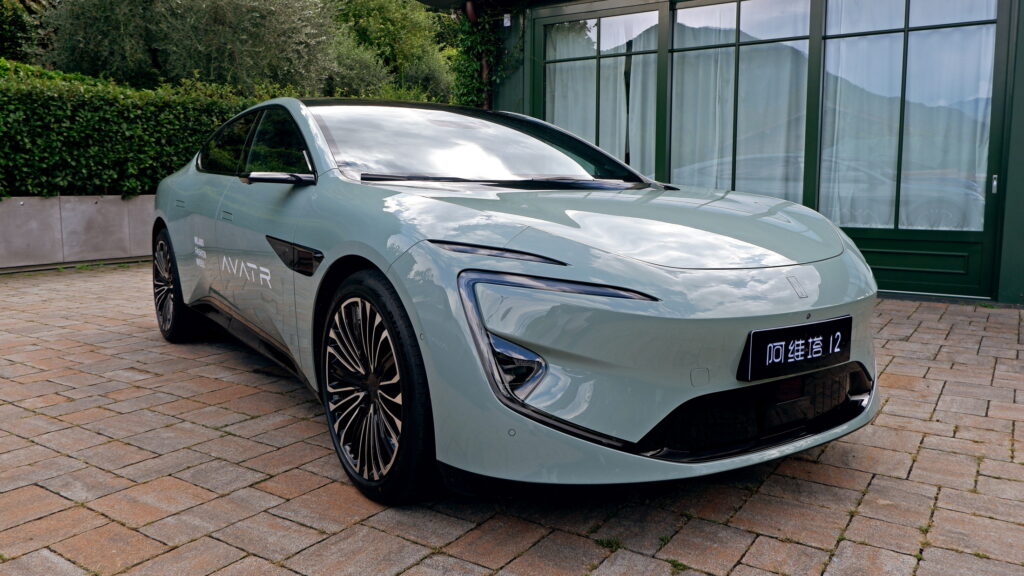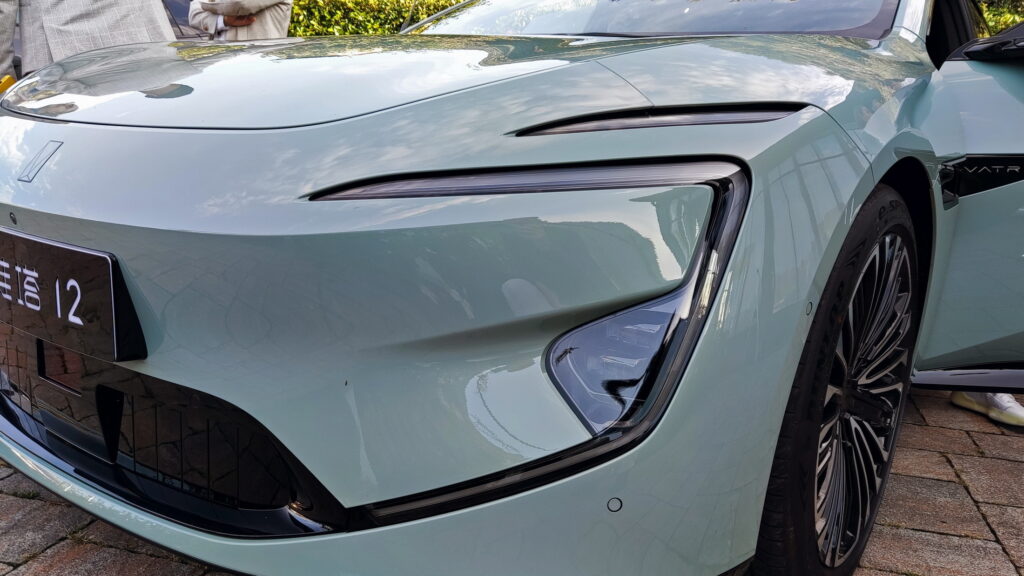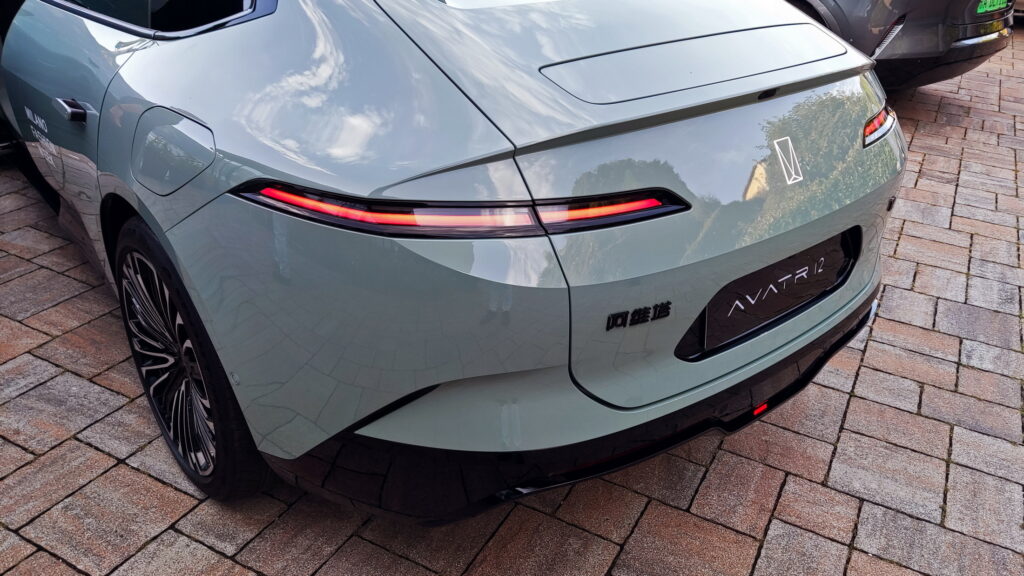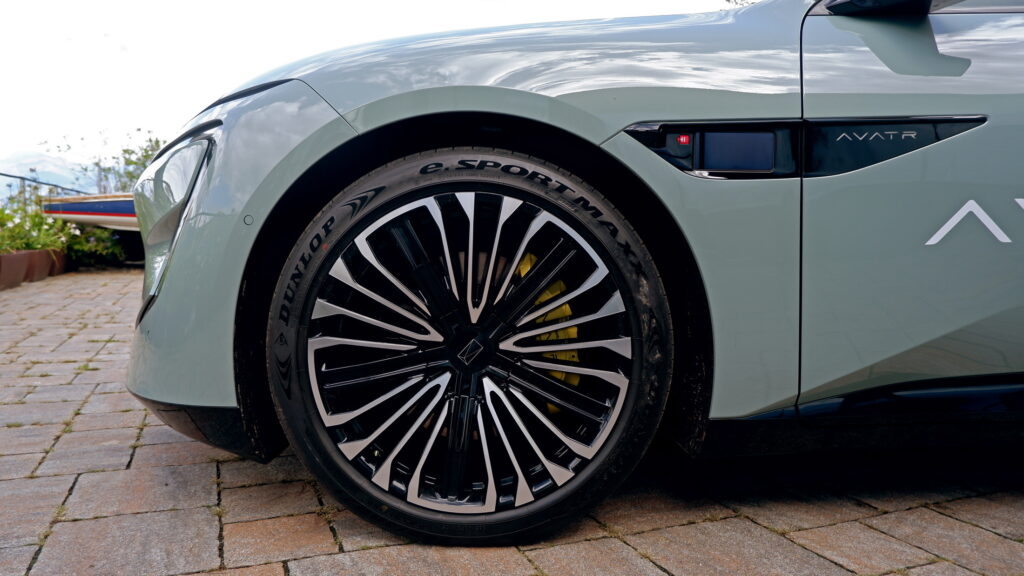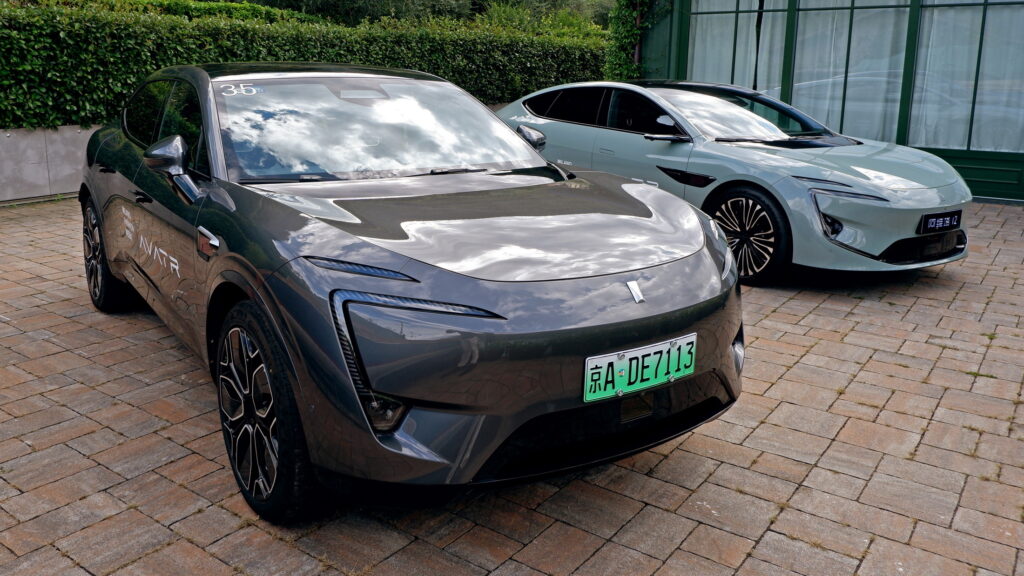New Chinese brands face a significant challenge when aiming to compete with well-established players in the premium segment. Avatr appears to understand this and is demonstrating its expertise and talent accordingly. Last weekend, we had the opportunity to meet with the Munich-based design team of this Chinese automaker at a beautiful location in Lake Como, Italy, and to examine their two-model lineup from up close.
Avatr Who?
Don’t feel bad if you have never heard of Avatr before; it’s not a household name yet. The brand, headquartered in Chongqing, has its roots in the Changan-Nio joint venture established in 2018, with the goal of manufacturing high-end vehicles. After Nio’s departure, Changan quickly regrouped, partnering with CATL, the world’s largest lithium-ion battery manufacturer for EVs, and the technology giant Huawei, in addition to attracting multiple investors.
In 2021, the company underwent a name change, becoming Avatr Technologies, and concurrently launched its inaugural model, the Avatr 11 midsize SUV, which hit the Chinese market in 2022. The flagship Avatr 12 gran coupe was unveiled in July 2023 and made its global premiere this month at the IAA Mobility Show in Munich, where the brand’s design studio is based. If a two-model lineup doesn’t seem impressive for such a young company, rest assured that two more offerings are already in the works.
More: How China Is Flooding The World With Cheap EVs — And Why Europe Wants To Stop It
Avatr’s Chief Design Officer is Nader Faghihzadeh, who joined the company after an extensive 17-year tenure at BMW. His multidisciplinary team comprises designers with years of experience at premium brands such as Audi, BMW, and Mercedes. In addition to Changan’s technical expertise in R&D and production, CATL’s proficiency in battery packs, and Huawei’s contributions to electric motors, infotainment, and cutting-edge autonomous technology, Avatr has assembled a wealth of creative talent. This collective effort aims to create products that shine in the crowded automotive market.
The Chinese brand wants its cars to become an “emotional intelligence companion”, which is another way of putting emphasis on the user experience. Avatr for Changan is the equivalent of Lexus for Toyota, or Genesis for Hyundai, targeting premium brands, although they prefer to use the term “high-end” for their products. Their ultimate goal in global markets is to challenge the stereotype of the cheaply made Chinese car by offering high levels of perceived quality and a certain level of uniqueness in the design.
Let’s Meet The Models
Photos by Avatr and Thanos Pappas for CarScoops
Our initial introduction to Avatr’s two-model lineup occurred at Riva’s Private Deck on Lake Como. The familial resemblance between the Avatr 11 SUV and the sleek Avatr 12 is readily apparent thanks to a number of shared design elements including the lighting signature. Additionally, the stylish LED panel at the base of the windshield can display messages and graphics to other road users when the vehicle is stationary, in accordance with current Chinese legislation. The sweeping greenhouse and distinctive tail designs are among the other design elements they share.
The Avatr 11 boasts a sculpted rear end characterized by a small rear glass, buttresses, and a flat rear deck. This design sets it apart from the multitude of coupe-SUVs, featuring subtle Jaguar-like curves on the rear shoulders. Taking this unique design aspect further, the Avatr 12 completely omits the rear windscreen, a move similar to the Polestar 4, resulting in a solid and distinctive shape, as described by the design chief himself. This decision to remove the rear windshield goes beyond aesthetics; it also contributes to sound insulation, provides a larger cargo space, and offers aerodynamic advantages.
In addition to this standout feature, there are several other cool design elements to note. These include Aston Martin-style side gills that house the LiDAR sensors, active shutters integrated into the lower bumper intake, mirror-replacing cameras, and an active rear spoiler.
Photos by Avatr and Thanos Pappas for CarScoops
In terms of size and market positioning, the Avatr 11 measures 4,880 mm (192.1 inches) long which places it between the Tesla Model Y and Model X, and very close to the Mercedes-Benz EQE SUV. As for the Avatr 12, it is advertised as a “futuristic luxurious gran coupe”. Judging from the length of 5,020 mm (197.6 inches), we would describe it as a sexier alternative to executive midsize sedans like the BMW i5, the Mercedes-Benz EQE sedan, the Tesla Model S, and the Lucid Air. In the Chinese market, competitors include the Zeekr 001 and the Nio ET7 as well.
High-Quality Interiors
When I opened the electric doors of the Avatr models, I was pleasantly surprised by the level of quality and refinement, especially considering that these are products from a relatively young brand. The interior design is quite modern, with intriguing details that set it apart from the generic central tablet-like infotainment touchscreen seen in many vehicles. Interestingly, the interiors of the Avatr 11 and 12 did not share components, leaving us curious about the logistics behind that decision. Nevertheless, in both models, the perceived quality is notably high, and the materials are well-crafted.
Furthermore, the Avatr-specific interface for Huawei’s Harmony OS infotainment system appears user-friendly, with various high-tech features throughout the cabins that create a concept car-like experience for passengers.
Avatr 11 interior | Photos by Avatr and Thanos Pappas for CarScoops
Other stand-out features on the Avatr 11 include the spiral-shaped speaker positioned in the center of the dashboard and dual 10.25-inch screens for both the driver and front passenger flanking the 15.6-inch infotainment display. The optional four-seater configuration offers massaging, heated, and ventilated seats, separated by a central console equipped with various storage compartments. Interestingly, the designers informed us that this option has gained popularity among Chinese buyers, despite the sacrifice of some of the practicality found in the more traditional five-seater layout.
The Avatr 12 represents an evolution of the brand’s interior design language, featuring an uninterrupted ultra-wide 35.4-inch display at the base of the windshield, effectively replacing the need for a traditional head-up display. It shares the same 15.6-inch screen found in the Avatr 11, but it distinguishes itself with a unique rectangular-shaped steering wheel designed not to obstruct the driver’s view of the panoramic display.
One particularly appealing detail in the Avatr 12 is the wireless charging pad on the central console, crafted from genuine wood. This surface automatically tilts for ventilation upon detecting the presence of a phone, returning to a flat position when not in use.
More: All-Electric 2024 Avatr 12 Celebrates Global Debut In Munich
Avatr 12 interior | Photos by Avatr and Thanos Pappas for CarScoops
Other concept-style features include the unique pattern on the door cards which continues all around the cabin, and the fold-out storage compartments on the doors. The physical controls for opening the doors and operating the windows need a little getting used to, sacrificing some intuitiveness in the altar of simplicity. Despite its relatively low overall height of 1,450 mm (57.1 inches) and the absence of rear glass, the Avatr 12’s cabin did not feel cramped. Even with my nearly 6.1 feet (1.84 m) height, I found the rear seating area to be quite comfortable thanks to the low floor and the presence of a glass roof.
Personalization options are somewhat limited – especially for a company whose name translates to “the projection of yourself”. However, Avatr’s interior department has done a good job in proposing intriguing combinations of colors and materials (leather, wood, etc). Although Avatr is exploring exclusive options, these are more likely to be offered in a “limited edition” manner due to the brand’s small size and limited capacity for bespoke specifications.
EV Powertrain Options
The Avatr 12 was displayed in a glass box in Milan, right next to the Duomo.
Both Avatr models utilize underpinnings sourced from Changan that are adaptable for both EV and range-extender powertrains. At present, these models are exclusively available in battery-electric configurations, featuring single or dual electric motors developed by Huawei. These powertrains can deliver up to 570 hp (425 kW / 578 PS) and 650 Nm (479 lb-ft) of torque. CATL provides the battery packs, which come in capacities of either 90 kWh or 116 kWh, with the single-motor Avatr 11 having a CLTC range of up to 680 km (423 miles).
Unfortunately, we didn’t have a chance to drive or ride in the EVs during the presentation, despite the fact that members of the Avatr crew used them for their transportation from Munich to Milan. However, we anticipate the opportunity to partake in the inaugural European test drive event scheduled for 2024.
We’ll cover the details of Avatr’s global expansion and model lineup plans in a separate article, but in brief, the company aims to enter the European market with local production around 2026-2027, building on its success in Southeast Asian markets while maintaining China as its primary focus. Currently, the Avatr 11 has a starting price of ¥300,000 (equal to around $41,000 or €38,900 at current exchange rates) in its home market of China, while the Avatr 12 has yet to be formally released.











